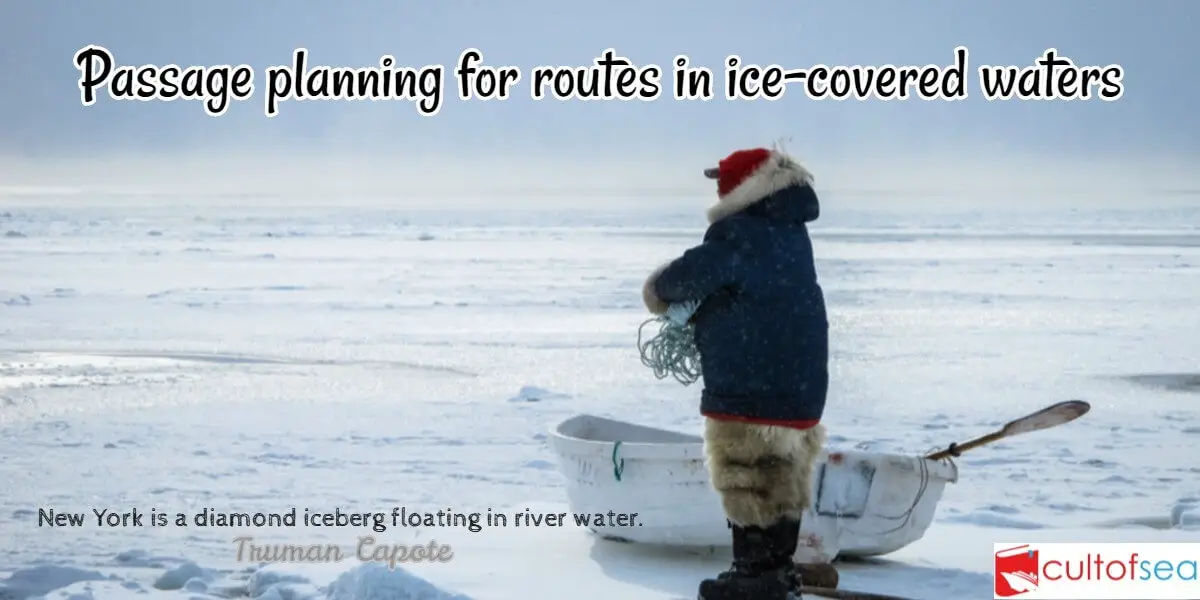Passage planning for routes in ice-covered waters is based on standard navigational principles for passage planning(International Maritime Organization Resolution A. 893(21) adopted on 25 November 1999, Guidelines For Voyage Planning.Passage planning takes place in two phases:Strategic, when in port or in open water Tactical, when near or in ice-covered watersStrategic Phase Appraisal The procedure involves the use of all information sources used in open water passage planning, plus any others that can be obtained to give a complete picture of the ice conditions possible. … [Read more...]
